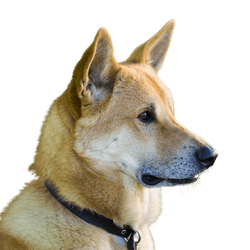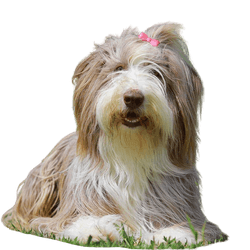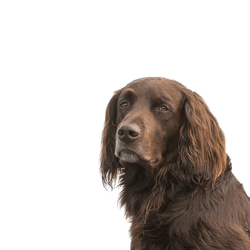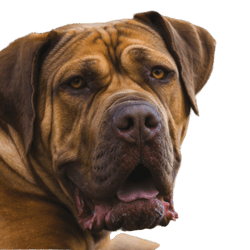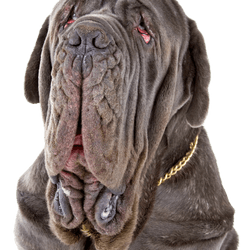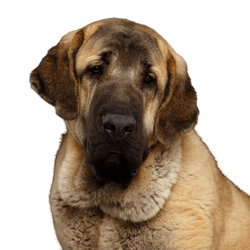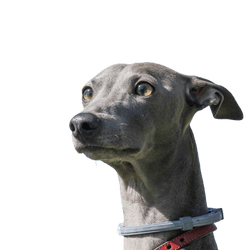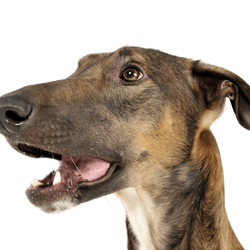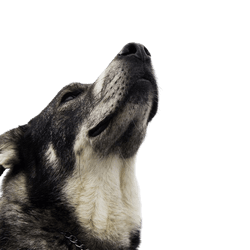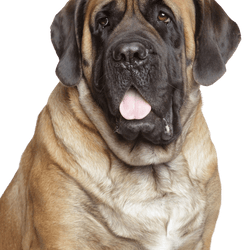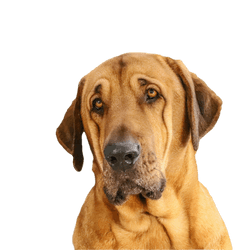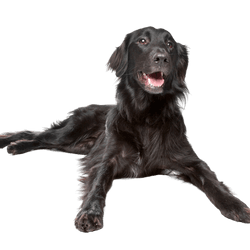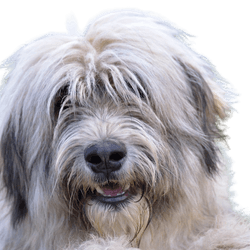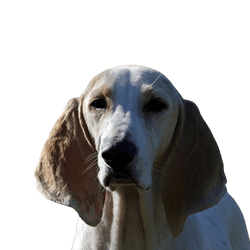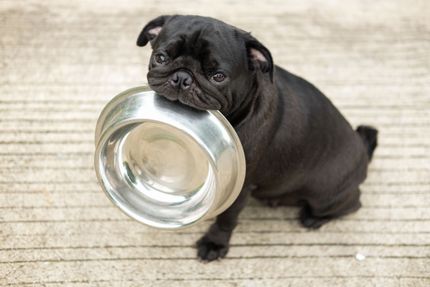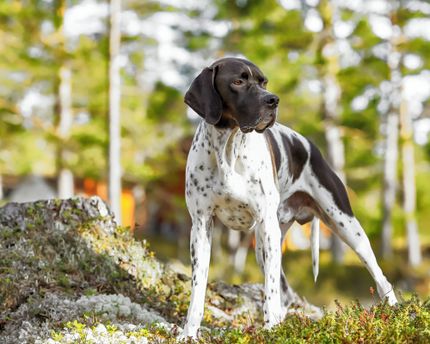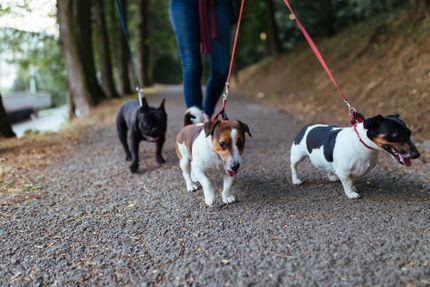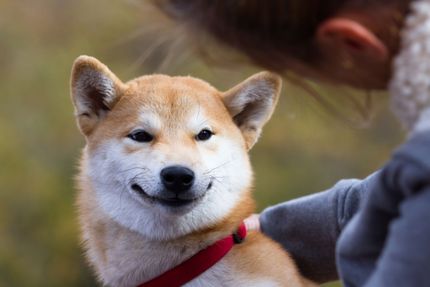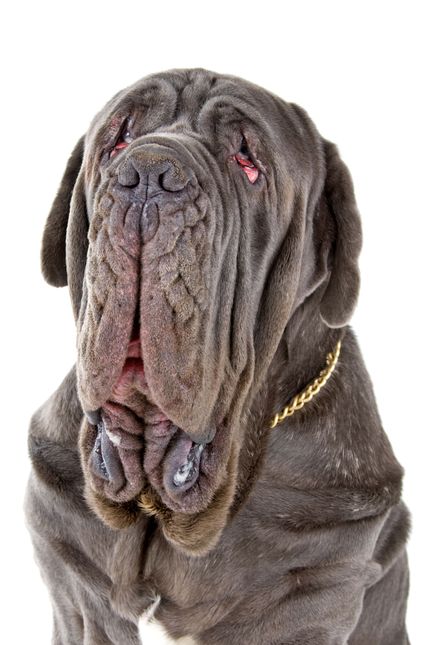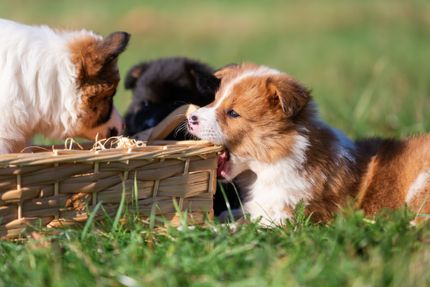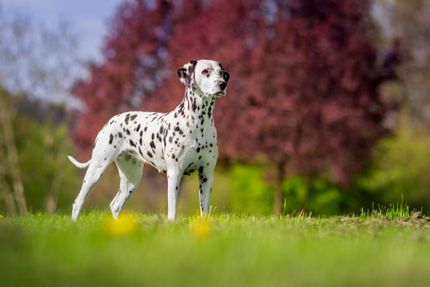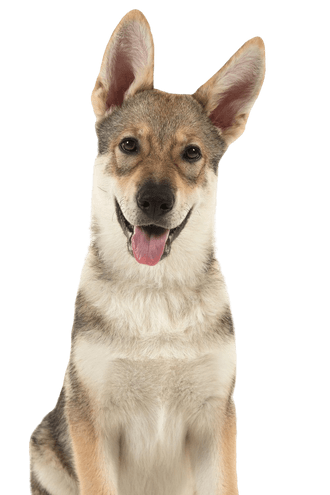
Northern Inuit Dog Breed description: Character & Co
Northern Inuit Dog
Facts & Origin
Origin and history of the Northern Inuit Dog
The Northern Inuit Dog is the result of a so-called image breeding, which was supposed to result in wolf-similar dogs deriving from domestic dogs. The Northern Inuit Dog was supposed to phenotypically get as close to the original form of the wolf as possible, without losing the positive qualities of a domestic dog. Therefore, the breed most similar to the wolf is this one. This dog breed originates in Finland. The history of the Northern Inuit Dog begins with sled dogs from the USA, which were imported to England in the 80's, where they were crossed with Siberian Huskies, Canadian Eskimo dogs, German shepherd dogs and similar breeds. The offspring were exported to Finland and then further bred there. After several years of various crossbreeding attempts, the puppies developed health problems.
After this, former breeding groups developed into the Northern Inuit Dog interest group (IG-Tamaskan) which is a registered association, which has made it its business to support breeders and beginners to breeding in order to ensure a healthy breeding standard. The result is the Northern Inuit Dog in its present appearance. Unfortunately, the breed has not yet been recognised by the cynological umbrella organisation FCI.
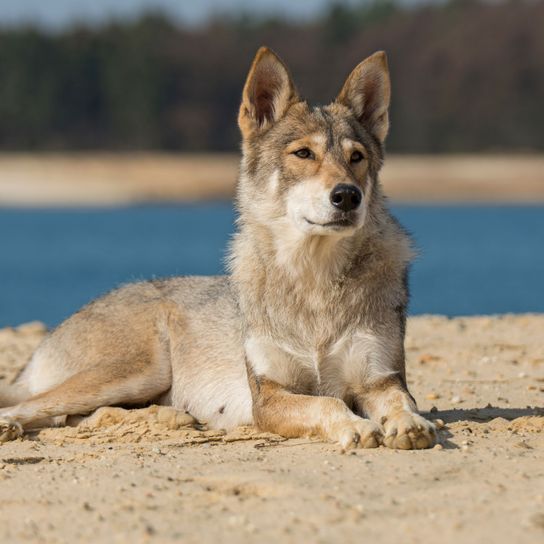
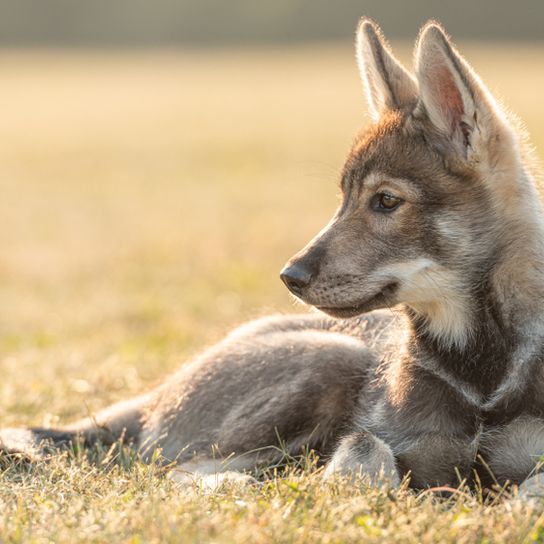
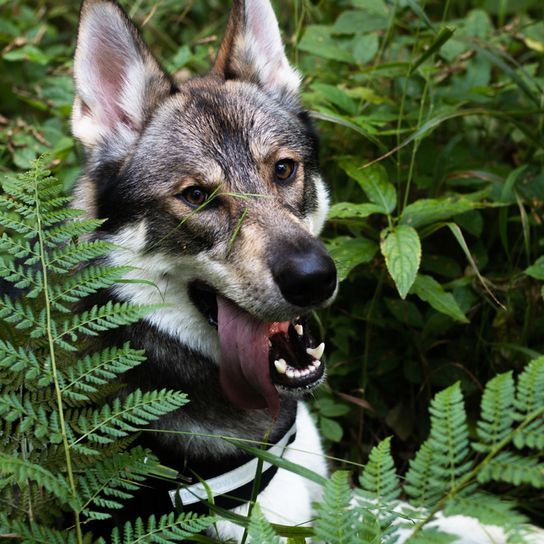
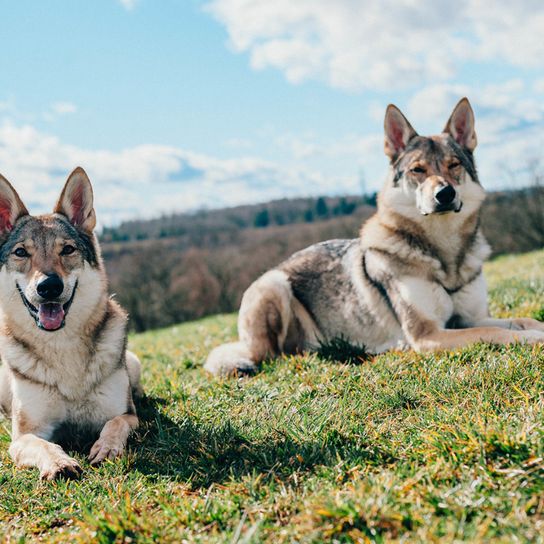
| Alternate Name | Tamaskan Husky |
| Origin | Finland |
| Life expectancy | 12 - 14 years |
| Care requirements | low-maintenance |
| Activity level | high |
| FCI group | not recognised |
| AKC group | Foundation Stock Service |
| KC group | not recognised |
Attitude, character and temperament of the breed
Breed description and character
The Northern Inuit Dog is a relatively new breed. Its breed characteristics are therefore not fully developed yet and can result in various different behavioural patterns. In general, however, the Northern Inuit Dog is a friendly, well-balanced dog that is loyal to its owners. Towards strangers it can be rather reserved, but not aggressive. These intelligent, eager to learn dogs like to work together with their humans. They usually get along well with children, dogs and other pets. However, early socialisation at puppy age is still recommended.
Keeping and training
The Northern Inuit Dog is suitable as a working dog, sled dog, therapy dog, generally as a companion dog and also as a family dog. It is a very active dog and therefore needs to exercise a lot outdoors. Furthermore, it is a real pack animal and is best kept in the company of other dogs. A small pack or just one other dog is already sufficient. Training them in a consistent, but gentle manner as well as early behavioral training is important and necessary. It is also important to consider your Northern Inuit Dog's natural needs. The dogs do not like to be left alone and need a lot of attention and sufficient activity. If this is disregarded, escape attempts, running away or even destructive behaviour can be an unpleasant consequence.
Character
Usage
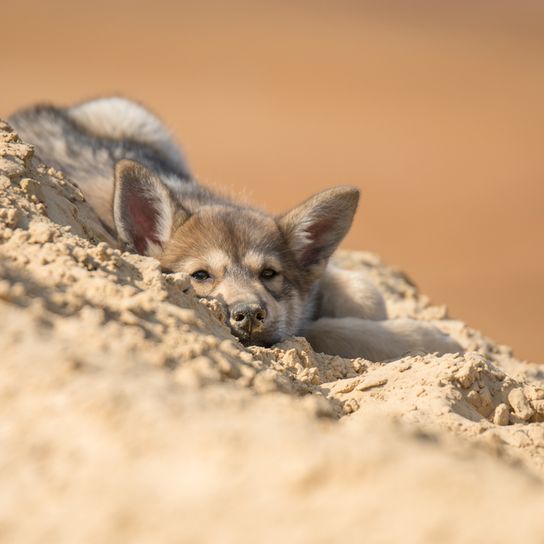
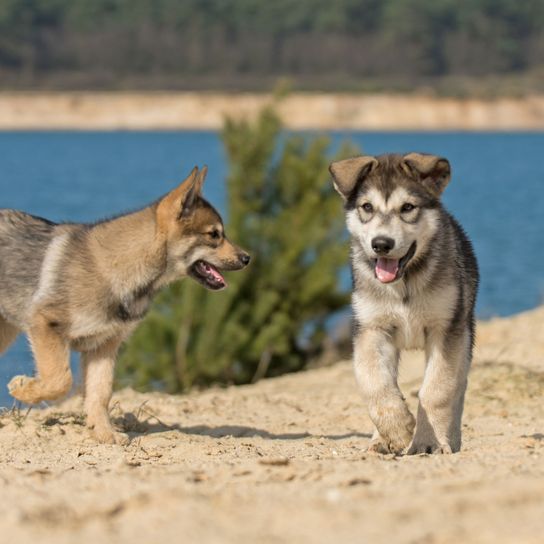
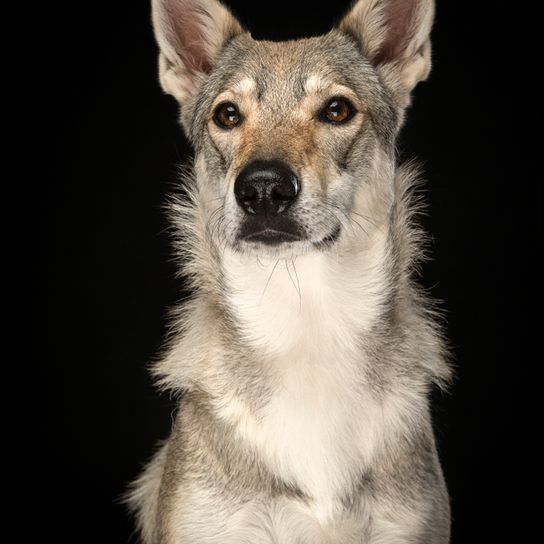


Health and breeding information
Typical diseases of the Northern Inuit Dog
No general breed-typical diseases have yet been recorded for the Northern Inuit Dog breed. However, since hip joint dysplasia (HD) and elbow dysplasia (ED) occur in German Shepherds and Siberian Huskies, all official breeders are required to have their dogs (from the age of 12 months) examined and x-rayed if they want to obtain a breeding license. Due to genetic strains from previous crossings, cryptorchidism (undescended testicles) can also occur in the Northern Inuit Dog. One testicle remains in the abdominal cavity, i.e. does not descend into the scrotum. In cryptorchidism there is an increased risk that the undescended testicle will degenerate into a tumour. The best therapy is castration, which of course means that the dog can no longer be used for breeding. Dogs that are to be used for further breeding must therefore undergo certain medical examinations (including genetic testing):
- Degenerative myelopathy (genetic test)
- Dwarfism (genetic test)
- Determination of the colour locus (genetic test)
- PRA (eye examination)
- Testicular examination
Interesting facts about the Northern Inuit Dog
On the homepage of the Northern Inuit Dog interest group IG-Tamaskan, people that are curious about the breed can find all kinds of interesting information about Northern Inuit Dog breeding, Northern Inuit Dog puppies and more about these unique beautiful dogs. The homepage is still being worked on, but already offers extensive information about the history and breed portrait of this rare dog breed. If you want to buy a Northern Inuit Dog, the best place to look is the IG-Tamaskan mentioned above. There, you will find contact addresses of reputable breeders. The breeders of the IG-Northern Inuit Dog will advise you with any kinds of questions you might have regarding breeding, nutrition, training, keeping and specifically regarding health problems of your four-legged friend.
A Northern Inuit Dog puppy costs about 1800 Euros.


Breed characteristics and appearance
The dog does in fact resemble a wolf. The large, athletically built dog has a rough, thick coat, medium sized ears, a bushy, straight tail and the characteristic wolf mask. Typical coat colours are wolf grey, reddish-grey and black-grey. The nose is black, the eyes are yellow, amber or brown. The breed has a scissor bite, which means that the teeth overlap like those of a wolf. This position of the teeth is especially adapted for cutting up meat and bones. The withers height of males is 63-84 cm with a weight of 32-50 kg. The bitches are somewhat smaller measuring 61-71 cm and weighing 25-41 kg. The life expectancy of the dogs is about 14 years.
Care and nutrition
Northern Inuit Dogs are very clean dogs, because of the short coat, brushing once a week is sufficient in terms of grooming (more often during coat change).
| Fur length | medium |
| Fur | - |
| Ear shape | Standing Ears |
| Tail | fanned out |
| Anatomy | sporty |
| Size ♀ | 61 - 66 cm |
| Weight ♀ | 23 - 38 kg |
| Size ♂ | 63 - 71 cm |
| Weight ♂ | 30 - 45 kg |
| Suitable For | - |
Colors


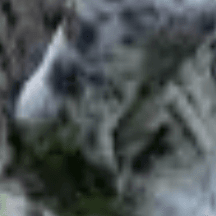
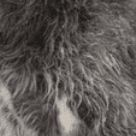


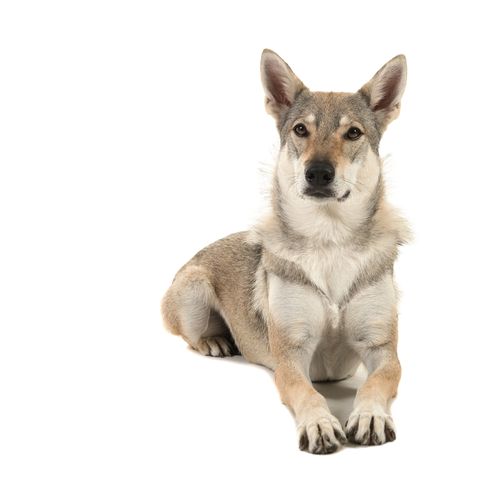
Known Diseases
Hip dysplasia (HD)
The hip dysplasia or hip joint dysplasia of the dog (HD) is a maldevelopment of the hip joint.
Other large dogs
Useful Articles
You can find articles that might interest you in the dogbible blog to match your favorite breed.
Visit our magazineto stay up to date on dog trends.
To find out more, view our Privacy Policy
Find here the breed that suits you and find out what character traits it has. Here you can also learn more about the origin, size and weight of your favorite breeds.
Matching your favorite breed, you'll find articles that might interest you on the dogbible dog blog.
Riding a bike with the dog - Forbidden?
Tick Spot on Protection for Dogs: Frontline - is it good?
